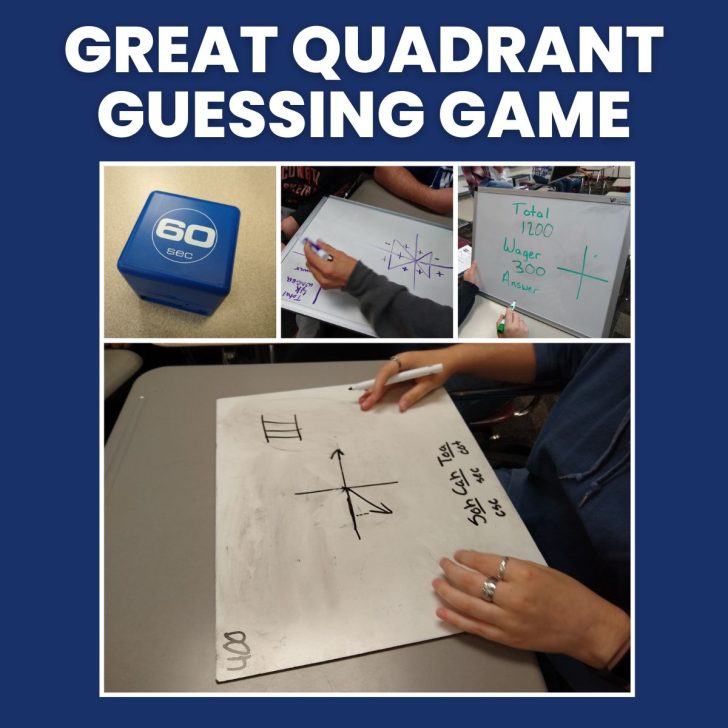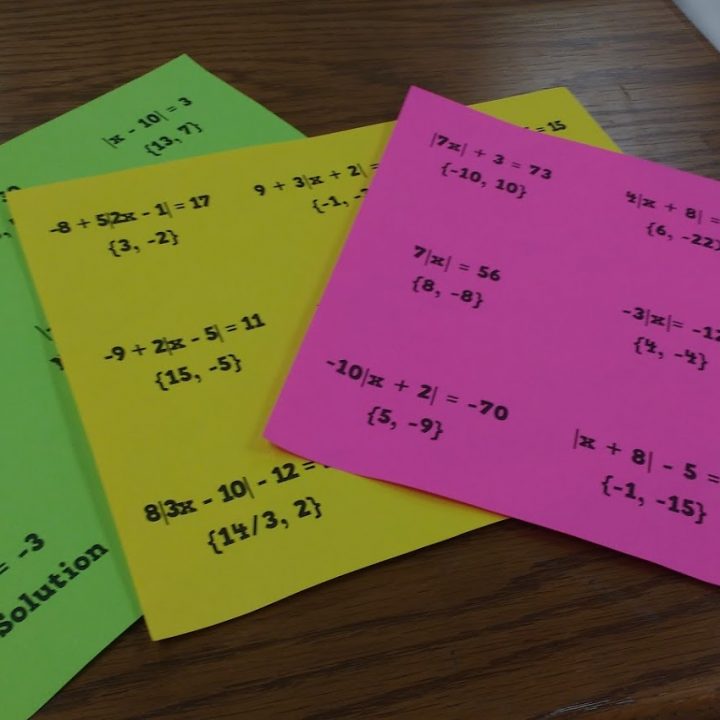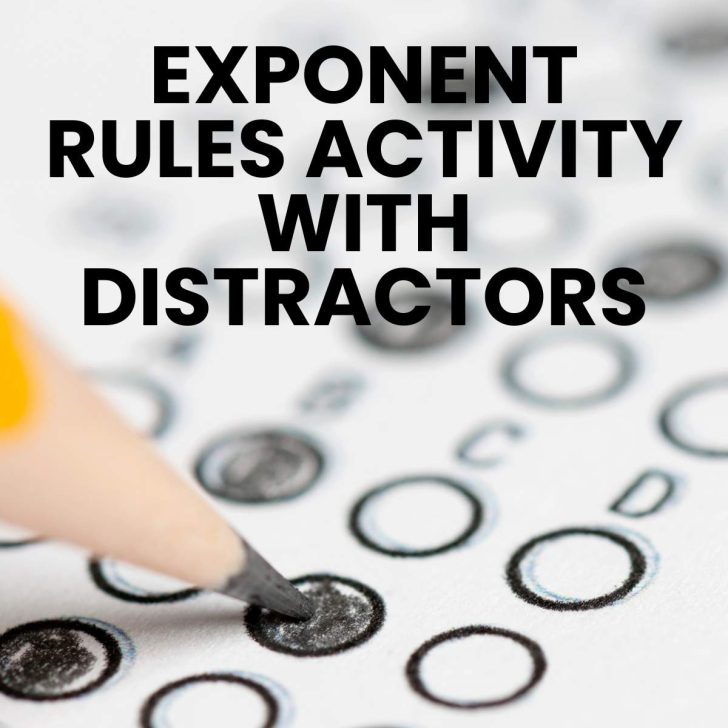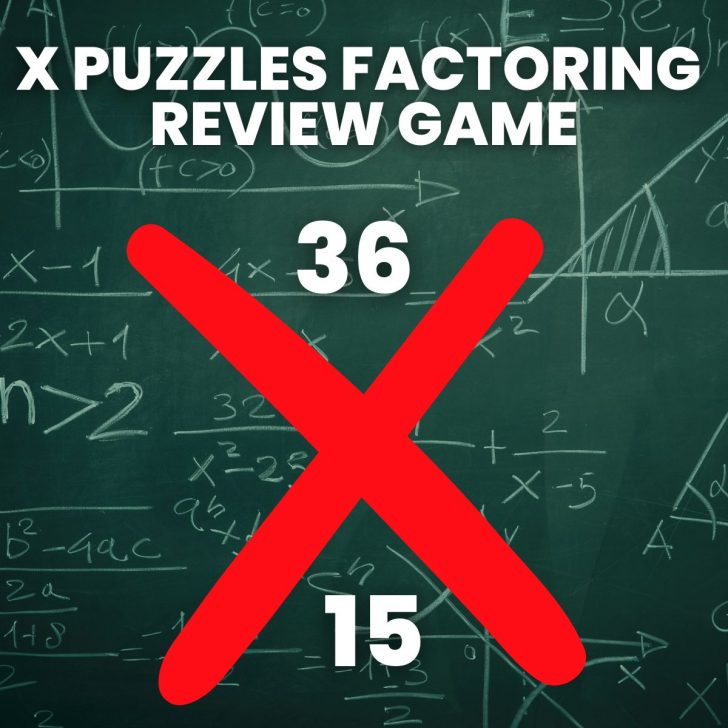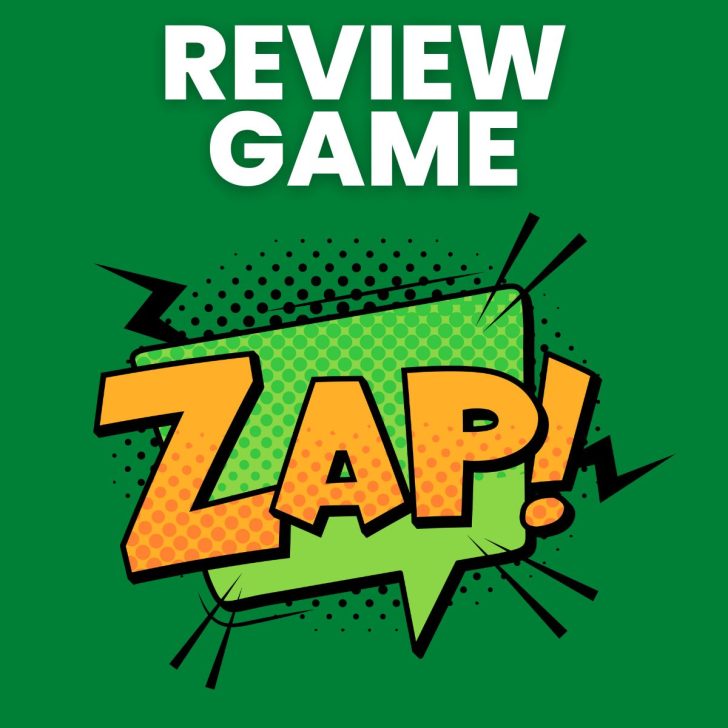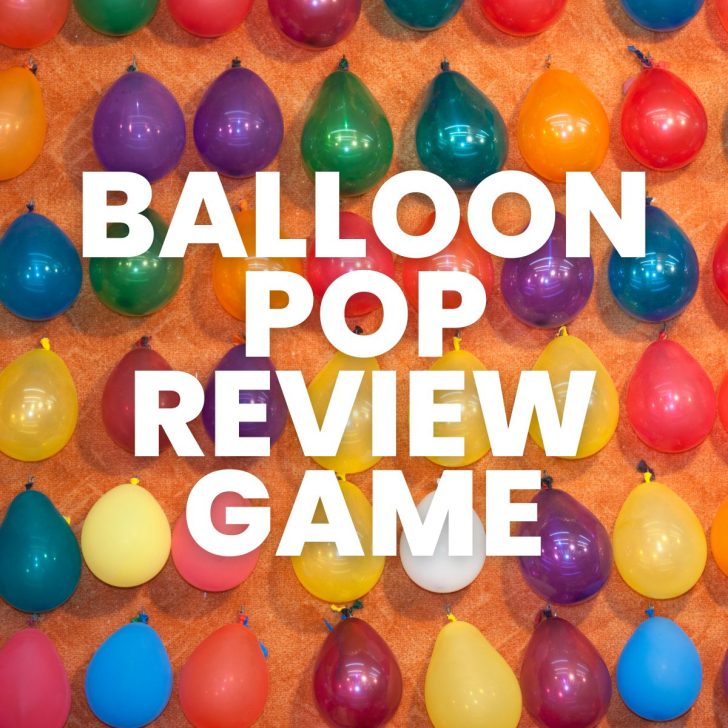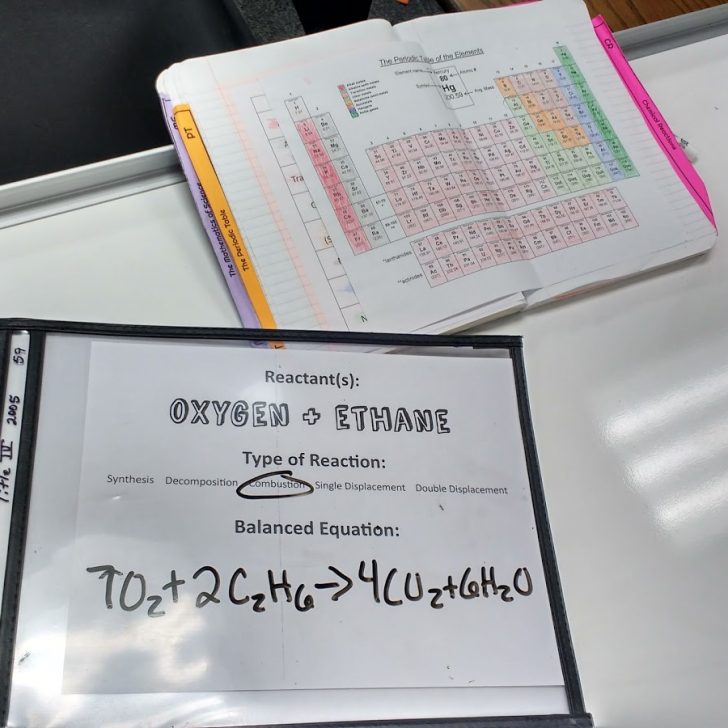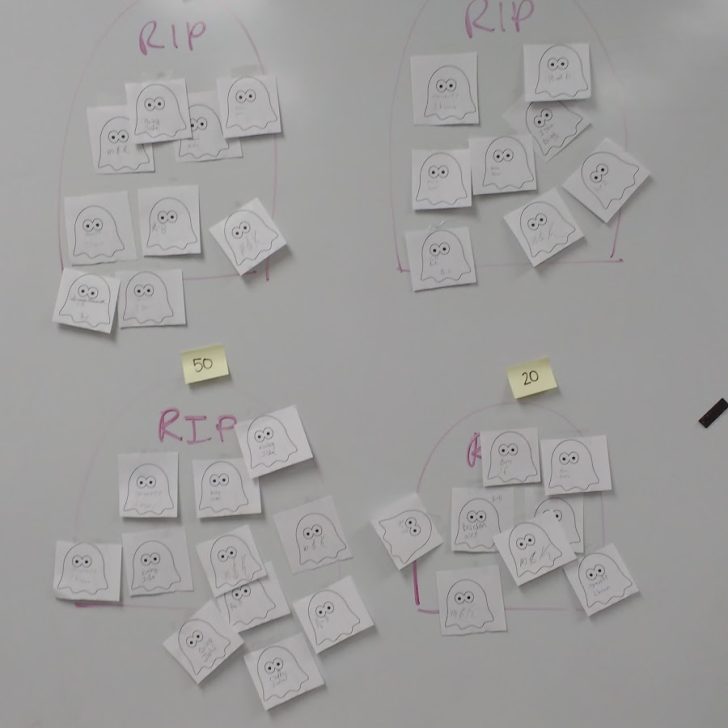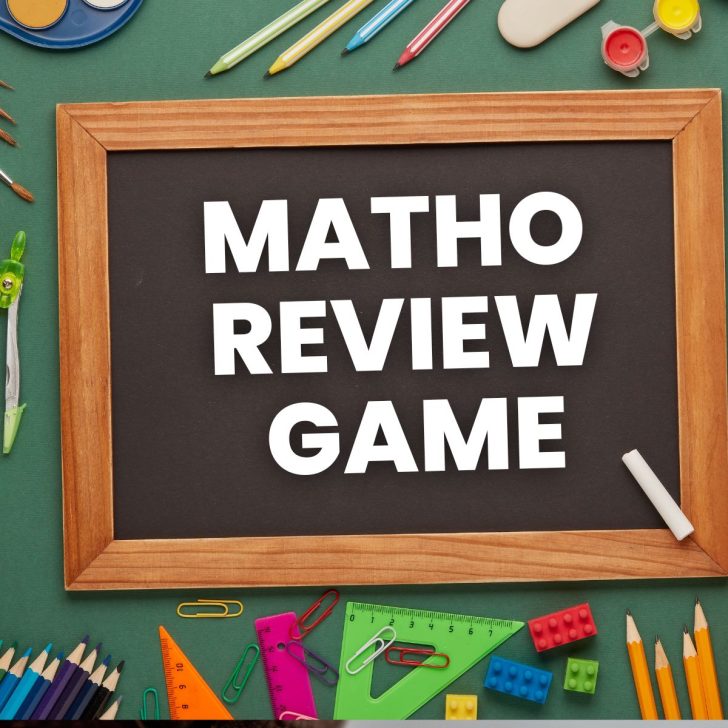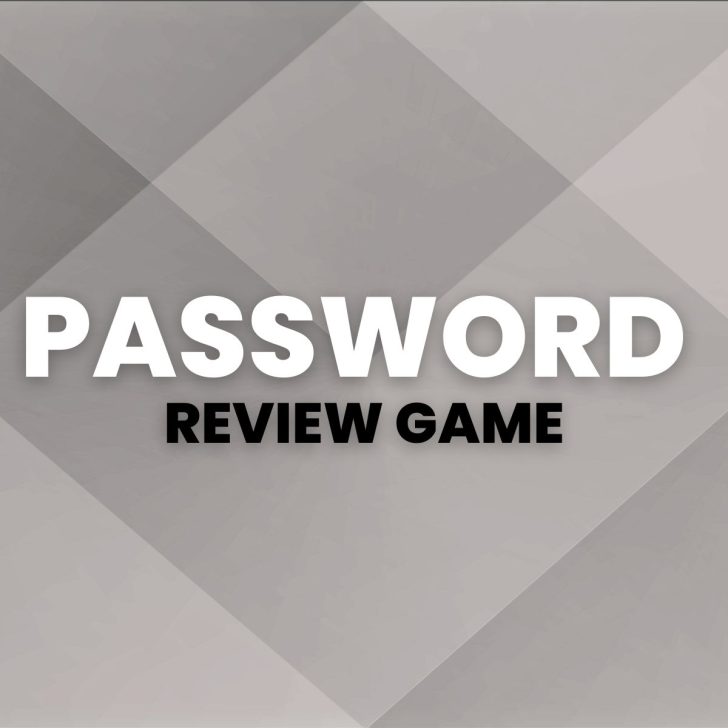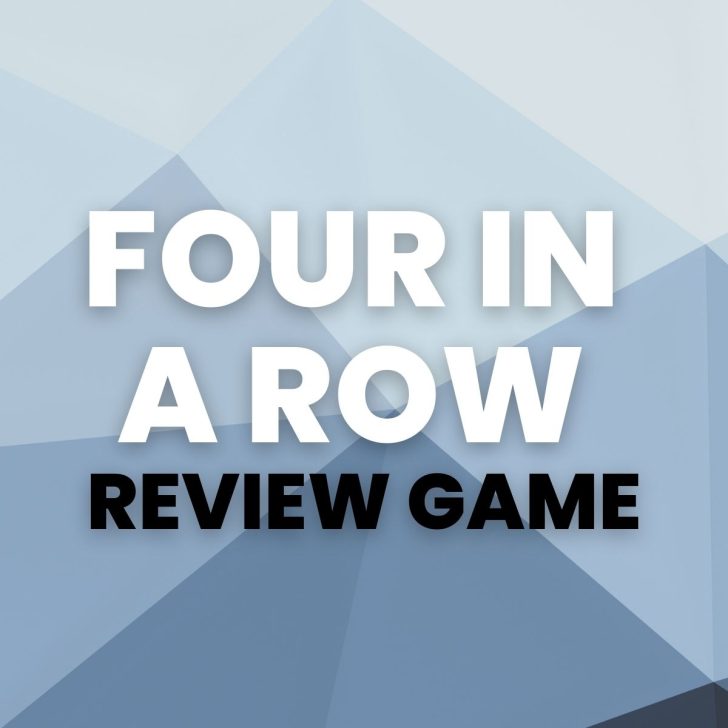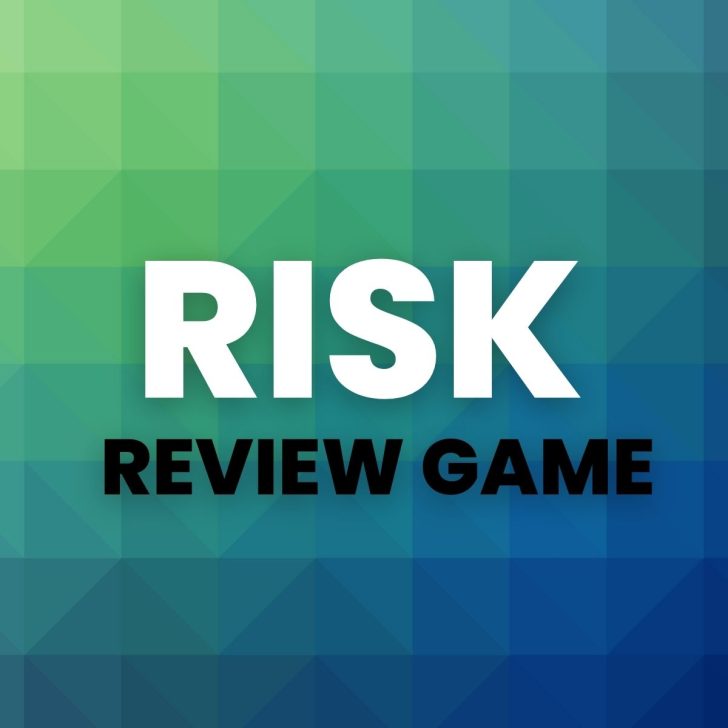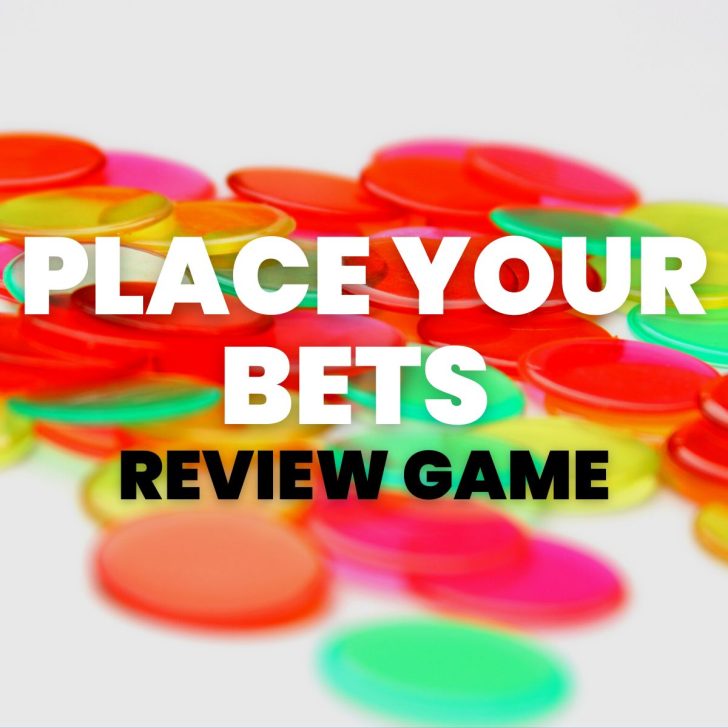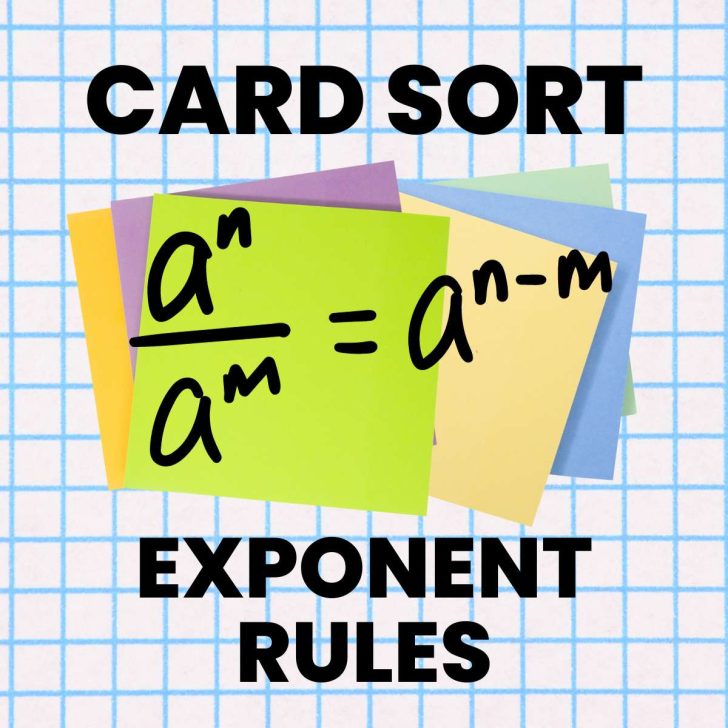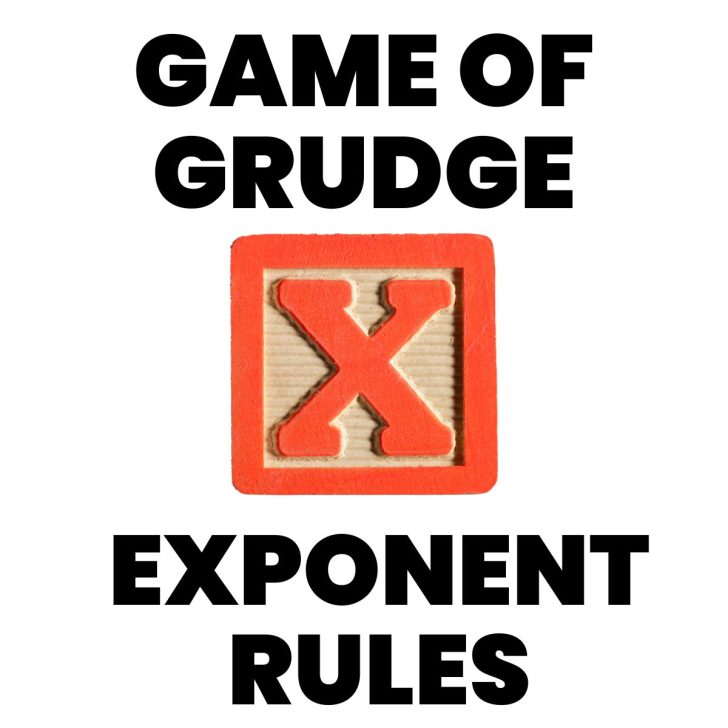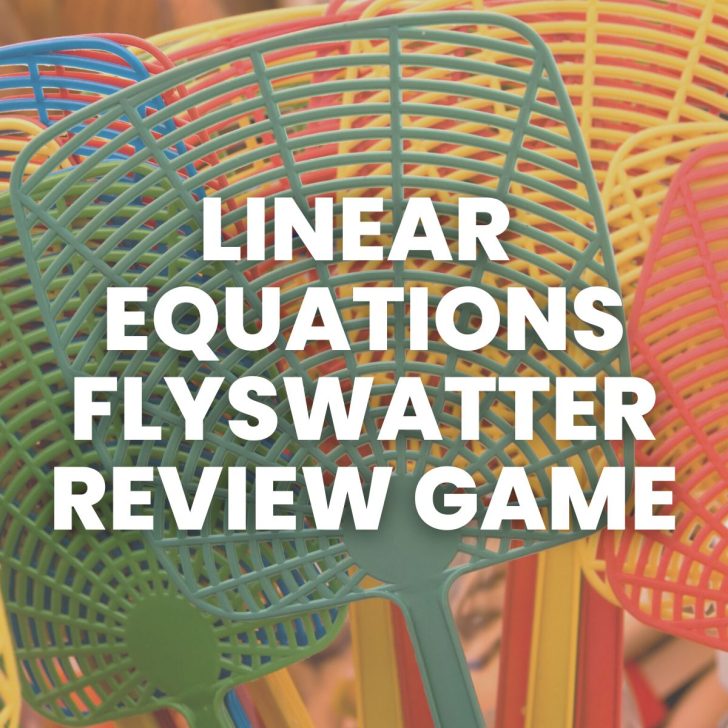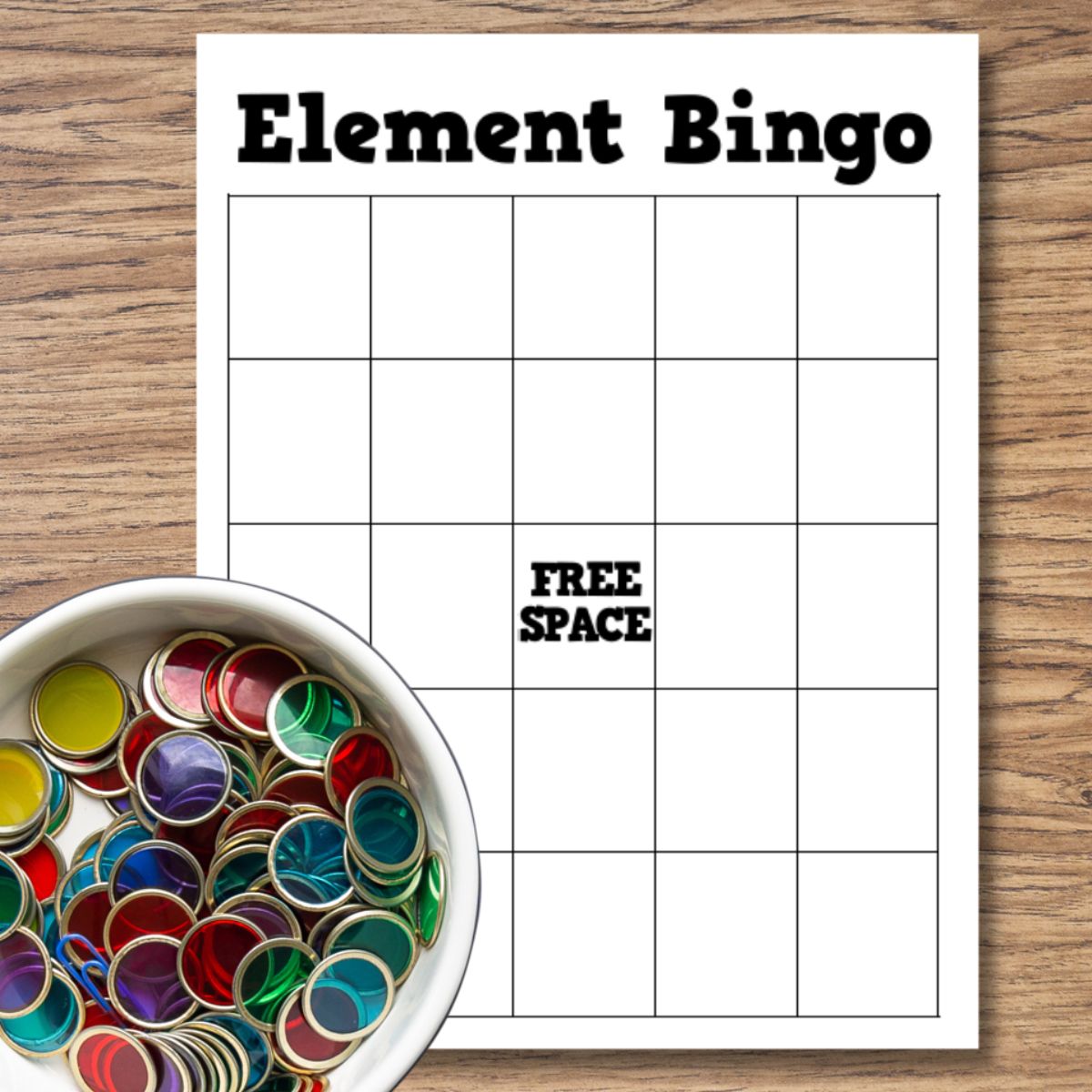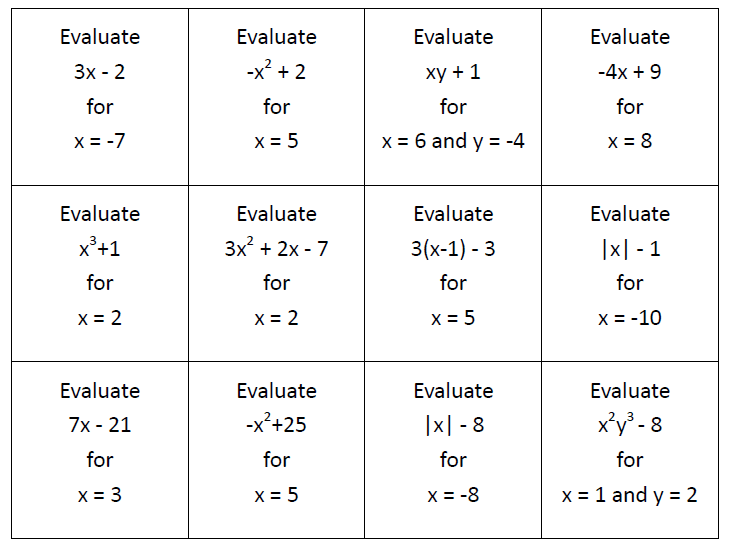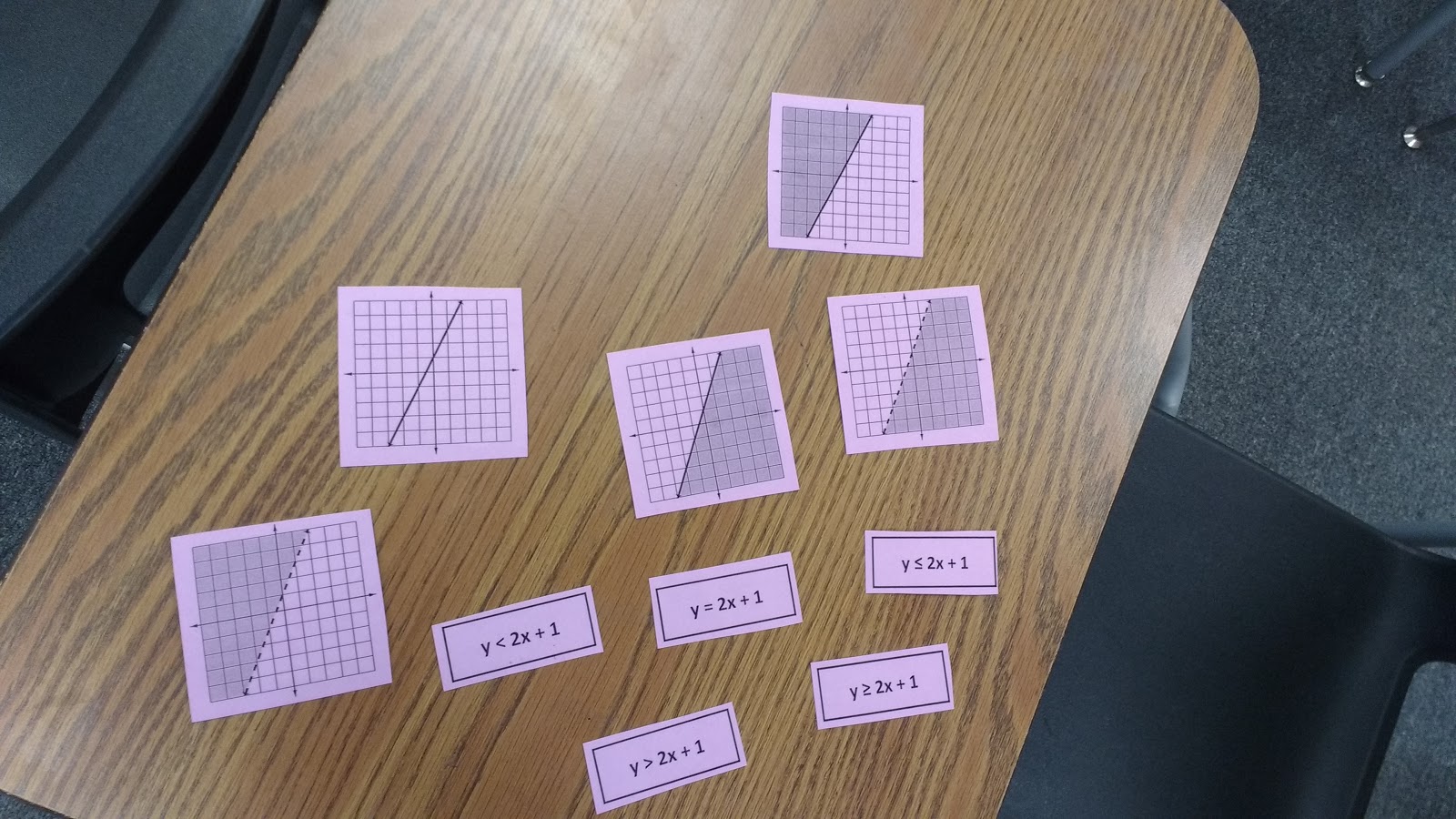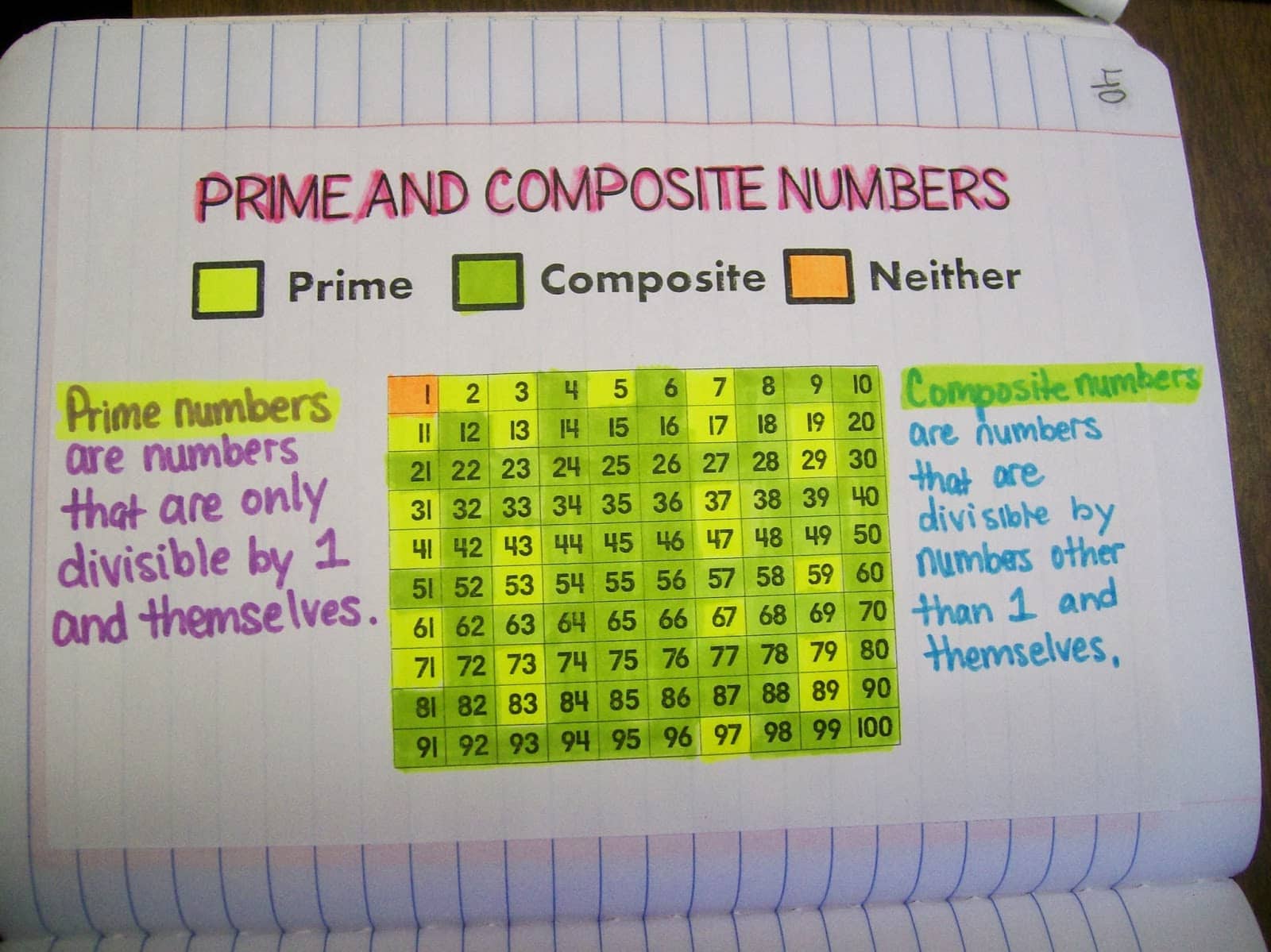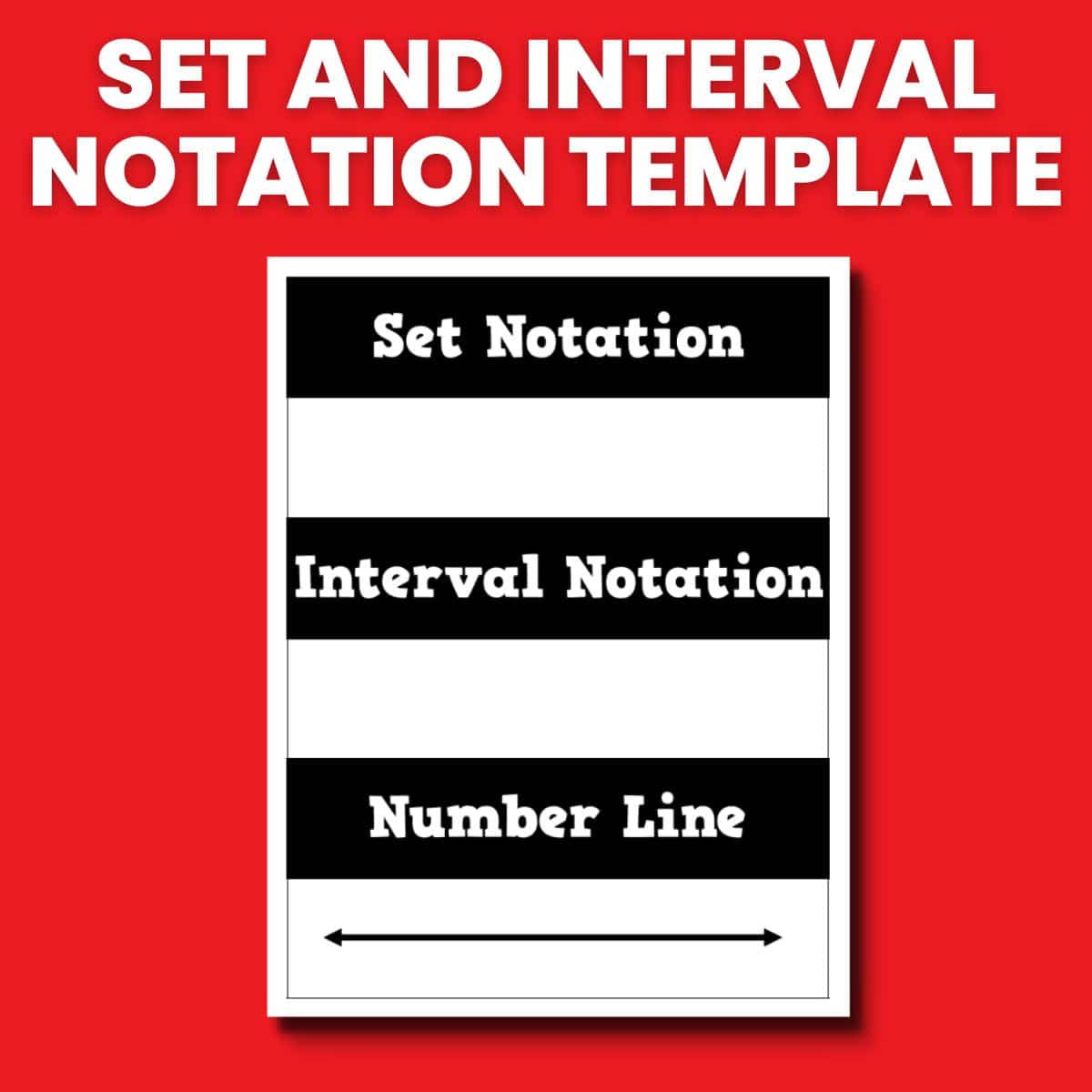Risk Review Game
This Risk Review Game was inspired by Julie Morgan. She calls the game “Risk It All.”

I’ve done a paper-based version of RISK before, but this was my first time using it with dry erase boards. I played this with 5/6 of my classes on Wednesday. Each class proclaimed that the game was fun and we should play it again!
Come up with a set of practice questions. You could write these yourself ahead of time. Come up with them on the spot. Copy them on the board from a textbook or worksheet. Or, do what I did, and use Problem Attic (an awesome, free source of assessment questions!) to choose a bunch of questions related to the day’s topic. The great thing about the last option is there is an option to generate the questions as “Overhead Style.” You’ll get a PDF file with one question per page to display with your projector.
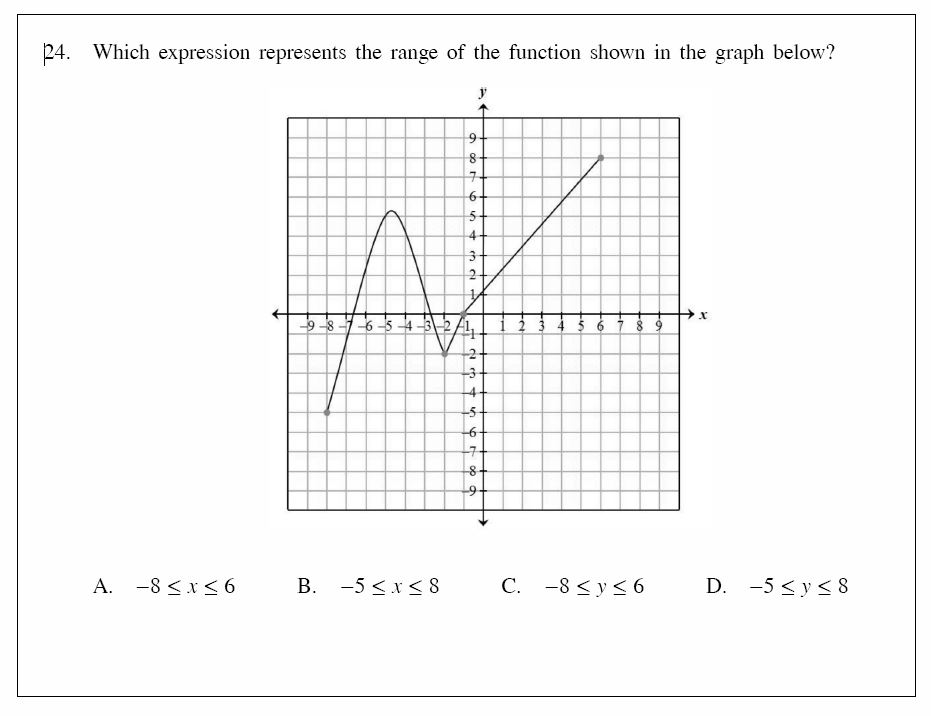
I put my students into groups of 2 to play this game with the hope that it would encourage conversation. The pairs did result in lots of conversation, but I noticed only one student in the pair would do any of the writing. So, you need to decide if you’re looking for conversation or if you’re looking for 100% participation.
Have students/groups set up their dry erase boards. I drew this picture on the SMARTBoard to explain what goes where. I had each student start out with $100 on the right hand side of their board. Their risk went in a specially designated box in the upper left corner. And, they had to write their answer in the remaining space.
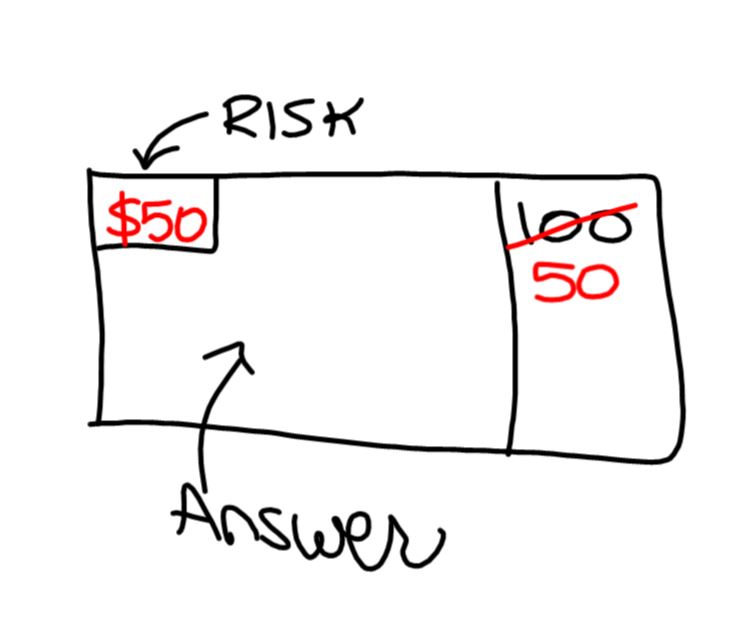
Give the class a question and time to work it out. I give students a warning of 5 – 4 – 3 – 2 – 1 to remind students to have their answer AND their risk written on the board. When time is up, I make all the students hold up their boards so I can scan them.
I’m looking both at their answers AND their risks. I require my students to risk at least $1 on every problem. They can risk up to the amount they have, but no more. If a group risks everything and loses, I give them $10 to get back in the game so they don’t try and sit there and do nothing because they’ve lost. The great part of this game is you can make up the rules to fit what your students need.
Work the problem out together. If students got the problem right, they add their risk to the right-hand column. If students got the problem wrong, they must subtract their risk in the right-hand column. Repeat for as long as you have time. My groups get super competitive and usually don’t want to stop. I tried stopping the game once because the bell had rung, but my kids begged for the last answer to be revealed so they could compare their scores.
More Review Games
- The Great Quadrant Guessing Game
- Leveled Practice Cards Activity for Absolute Value Equations
- Exponent Rules Review Game with ACT Questions and Distractors
- X Puzzles Factoring Review Game
- ZAP Review Game
- ZERO Game to Introduce Factoring Quadratics
- Balloon Pop Review Game
- Guest Post: Engaging Students With Games
- Turkeys in the Oven Game – Writing Linear Equations
- Predicting Products Review Game
- Independent vs Dependent Variables Review Game
- Guest Post: MATHO
- Leap Frog Review Game
- Password Review to Practice Vocabulary
- Four in a Row Review Game
- Risk Review Game
- Place Your Bets Review Game
- Exponent Rules Card Sort Activity and Karuta Game
- Exponent Rules Review Game – The Game of Grudge
- Scattergories Style Describing Graphs Game
- Flyswatter Review Game for Different Forms of Linear Equations
- Dice Activity for Reviewing Square Roots
- Solving Equations Auction Review Game

